Historic foods that were once only for the wealthy
The world of elite gastronomy is a fascinating realm where opulence and taste intertwine. From ancient times to the modern era, certain foods have been elevated to a status symbol, often enjoyed by those with the means to indulge in culinary extravagance.
These luxurious foods not only tantalize the taste buds but also tell stories of culture, status, and history. Let’s embark on a journey to explore the exquisite delicacies that have graced the tables of the privileged.
The Golden Age of Saffron: Why This Spice Was Worth Its Weight in Gold
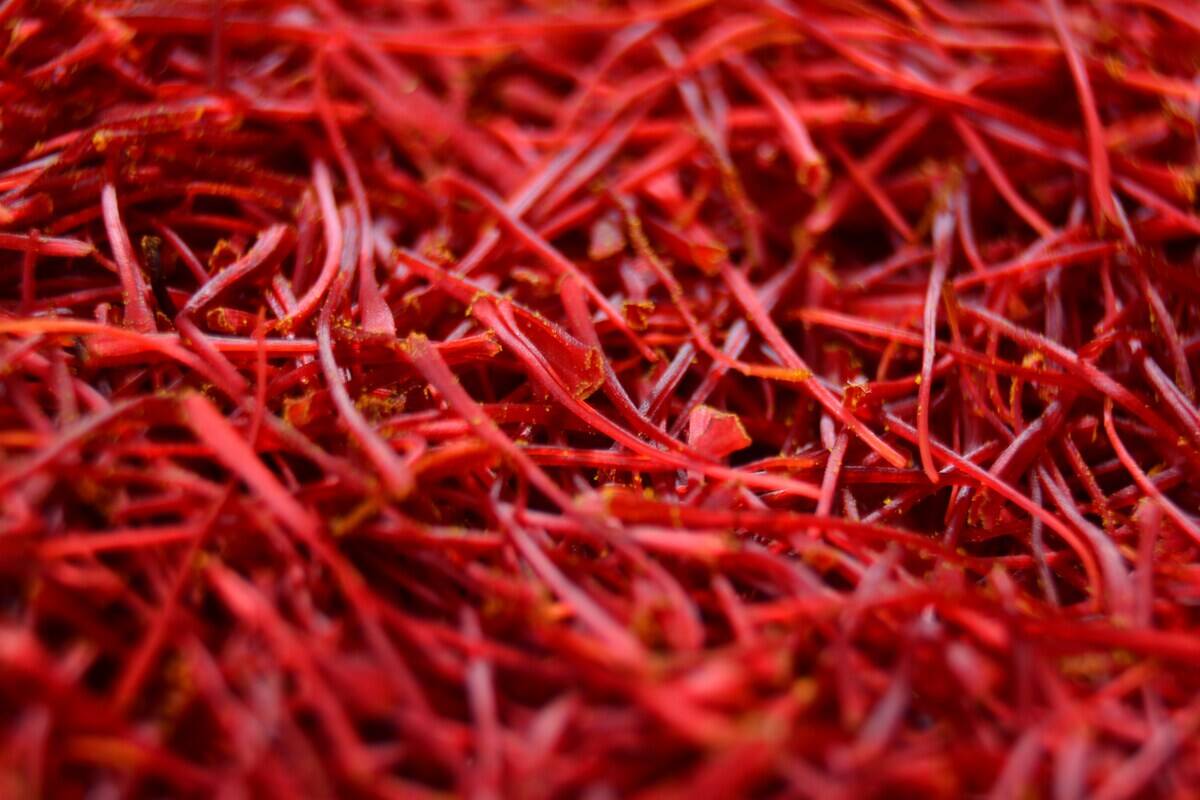
Saffron, often lauded as the world’s most expensive spice, derives its value from the labor-intensive process required to harvest it. Each saffron crocus yields only a minuscule amount of the prized threads, necessitating thousands of flowers to produce just a single ounce.
Historically, saffron was a symbol of luxury and was used in everything from culinary dishes to dyes for royal garments. Its vibrant hue and distinct flavor made it a coveted possession among the elite.
Truffles: The Earthy Treasure Reserved for Aristocrats
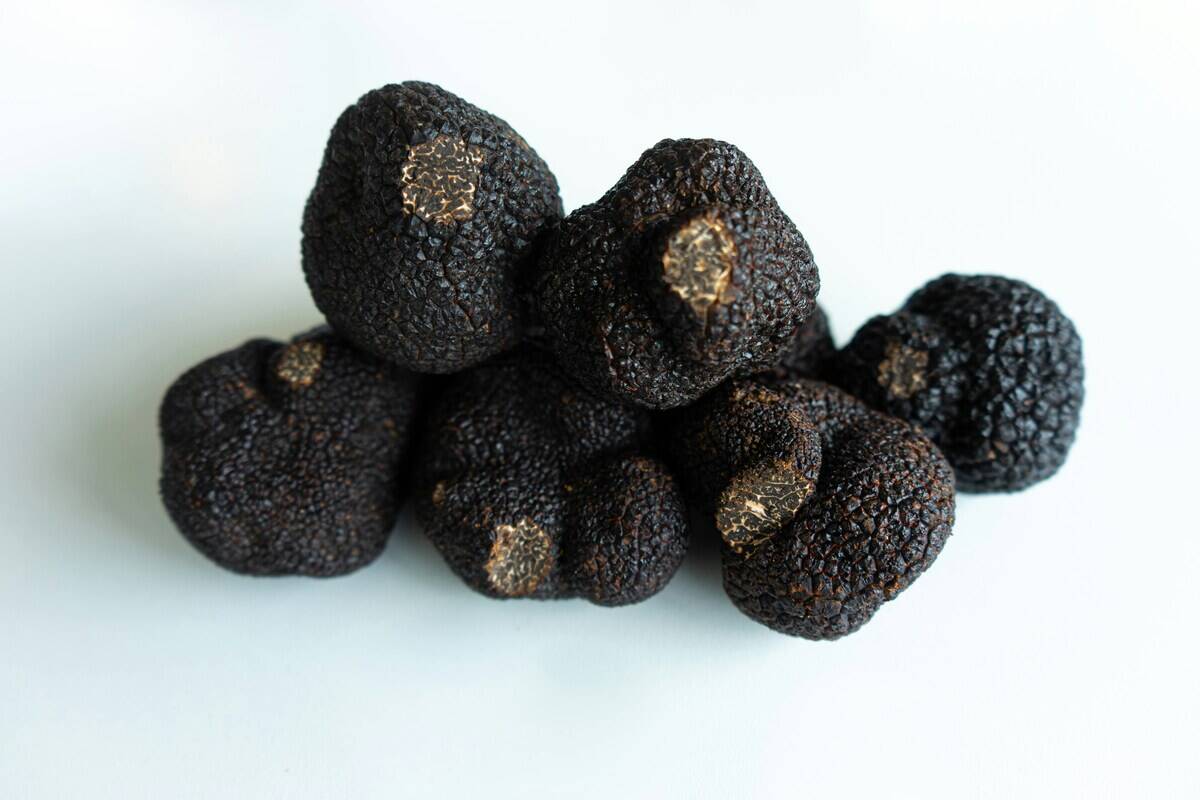
Truffles, with their earthy aroma and unique flavor, have long been considered a delicacy reserved for the upper echelons of society. These subterranean fungi are notoriously difficult to cultivate, often requiring trained dogs or pigs to locate them beneath forest floors.
Black and white truffles, particularly those from regions like Périgord and Alba, fetch high prices in gourmet markets. Their rarity and difficulty in harvesting contribute to the allure and expense, making them a luxurious indulgence.
Caviar: From the Tables of Tsars to the Palates of the Privileged
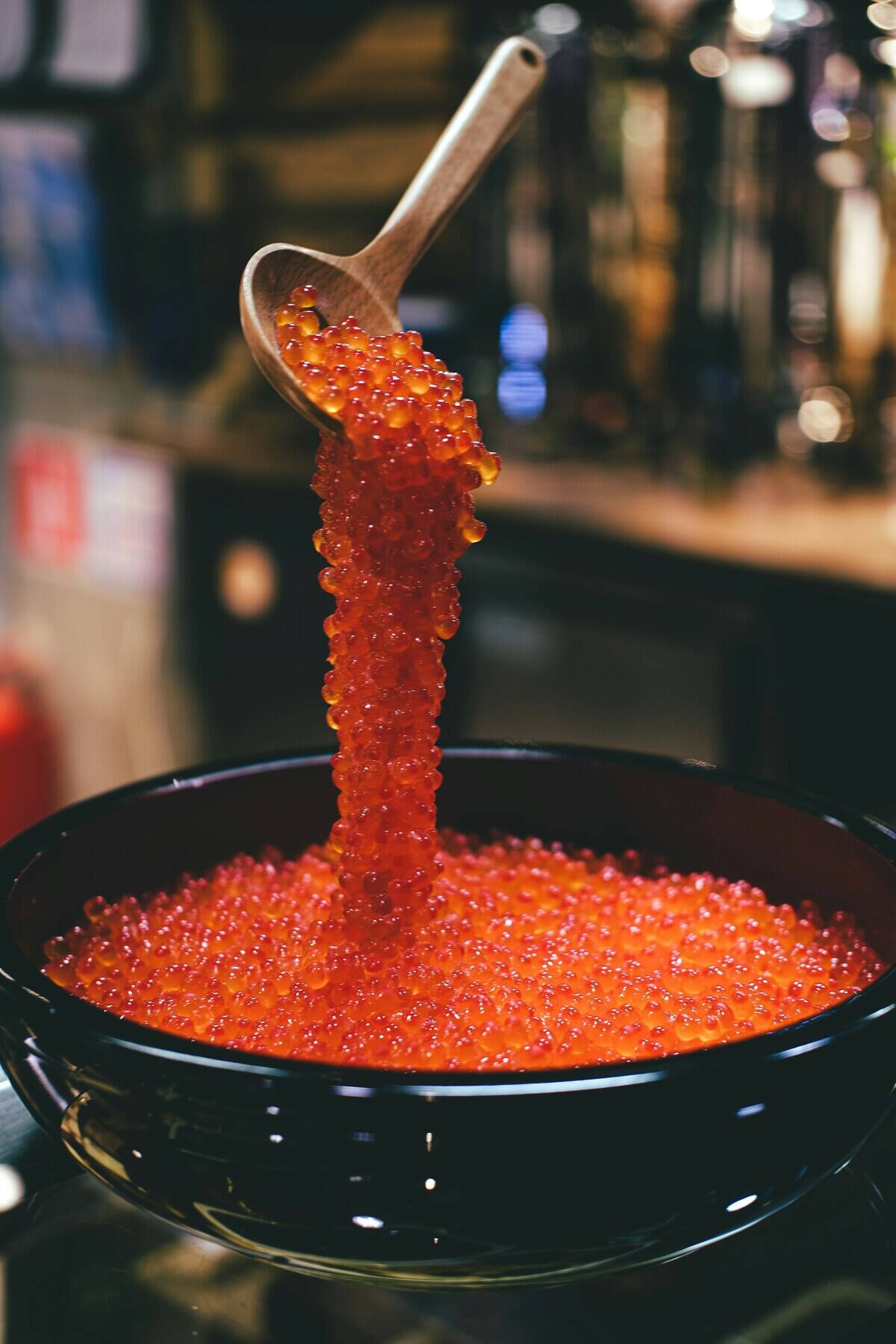
Caviar, the salted roe of sturgeon, has been synonymous with luxury for centuries. Originally enjoyed by Russian tsars, this opulent delicacy became a symbol of wealth and refinement. Beluga, Osetra, and Sevruga are among the most esteemed varieties, with Beluga caviar being the rarest and most expensive.
The meticulous care in harvesting and processing these eggs ensures that each bite delivers a taste of the ocean, a true testament to its high status in the culinary world.
The Extravagance of Sugar: A Sweet Symbol of Status

In medieval Europe, sugar was a luxury enjoyed only by the affluent. Imported from distant lands, it was often used to craft elaborate edible sculptures and sweeten rare confections. The high cost of sugar meant that it was a mark of wealth, served at banquets to impress guests.
Over time, sugar plantations in the New World increased supply, making it more accessible. Yet, its association with luxury lingers, seen in the beautifully intricate sugar work of modern patisseries.
Lobster’s Transformation: From Prison Food to Gourmet Delicacy
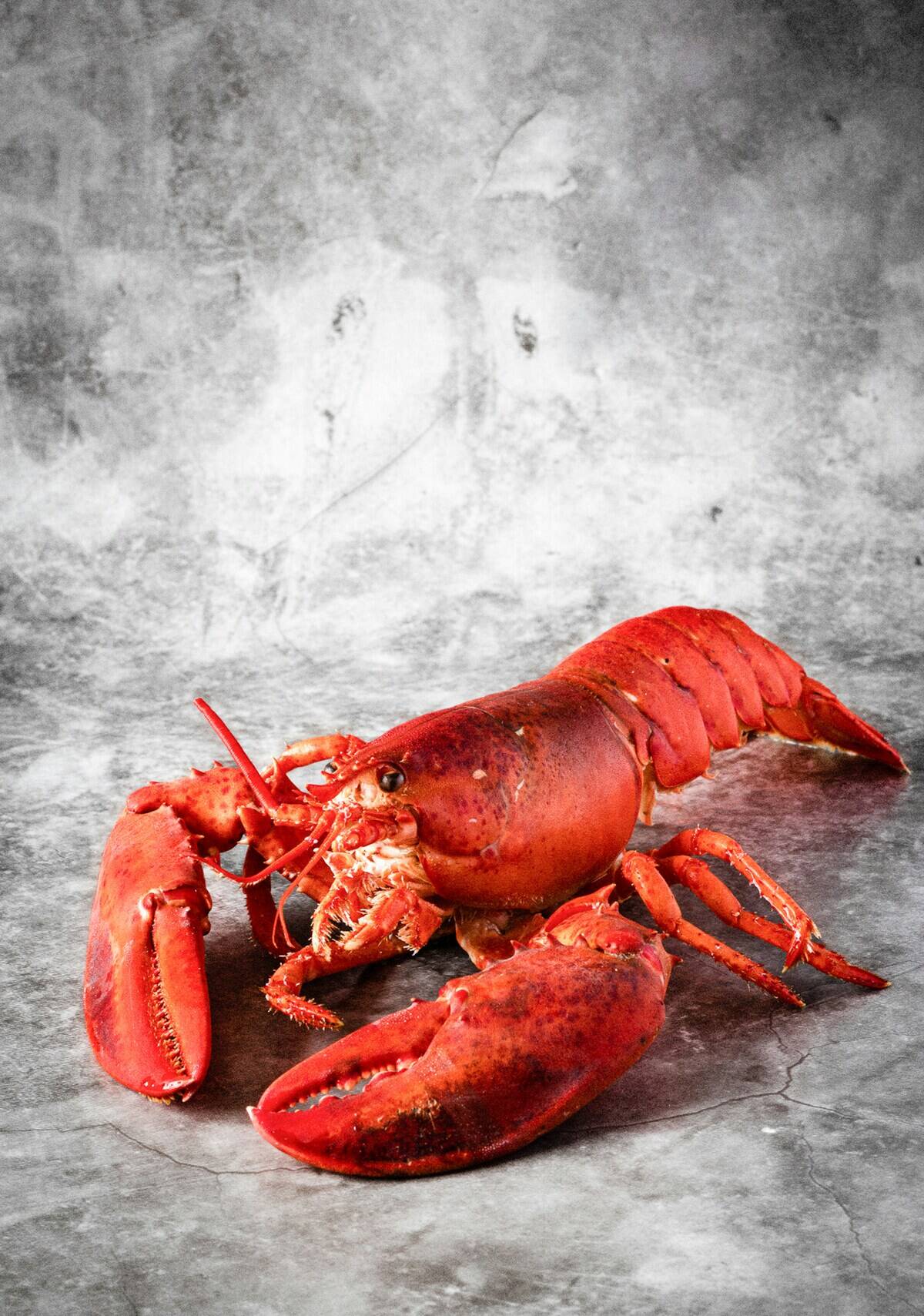
Lobster has an intriguing history, once considered a food for the poor and even used as fertilizer. In colonial America, it was so abundant that it was deemed fit only for prisoners. However, perceptions shifted in the 19th century when it was introduced to the upper classes as a refined delicacy.
Today, lobster is celebrated in fine dining, known for its succulent, sweet meat. Its transformation from humble beginnings to a symbol of gourmet indulgence is a testament to changing culinary tastes.
The Allure of Foie Gras: A Culinary Indulgence for the Upper Class
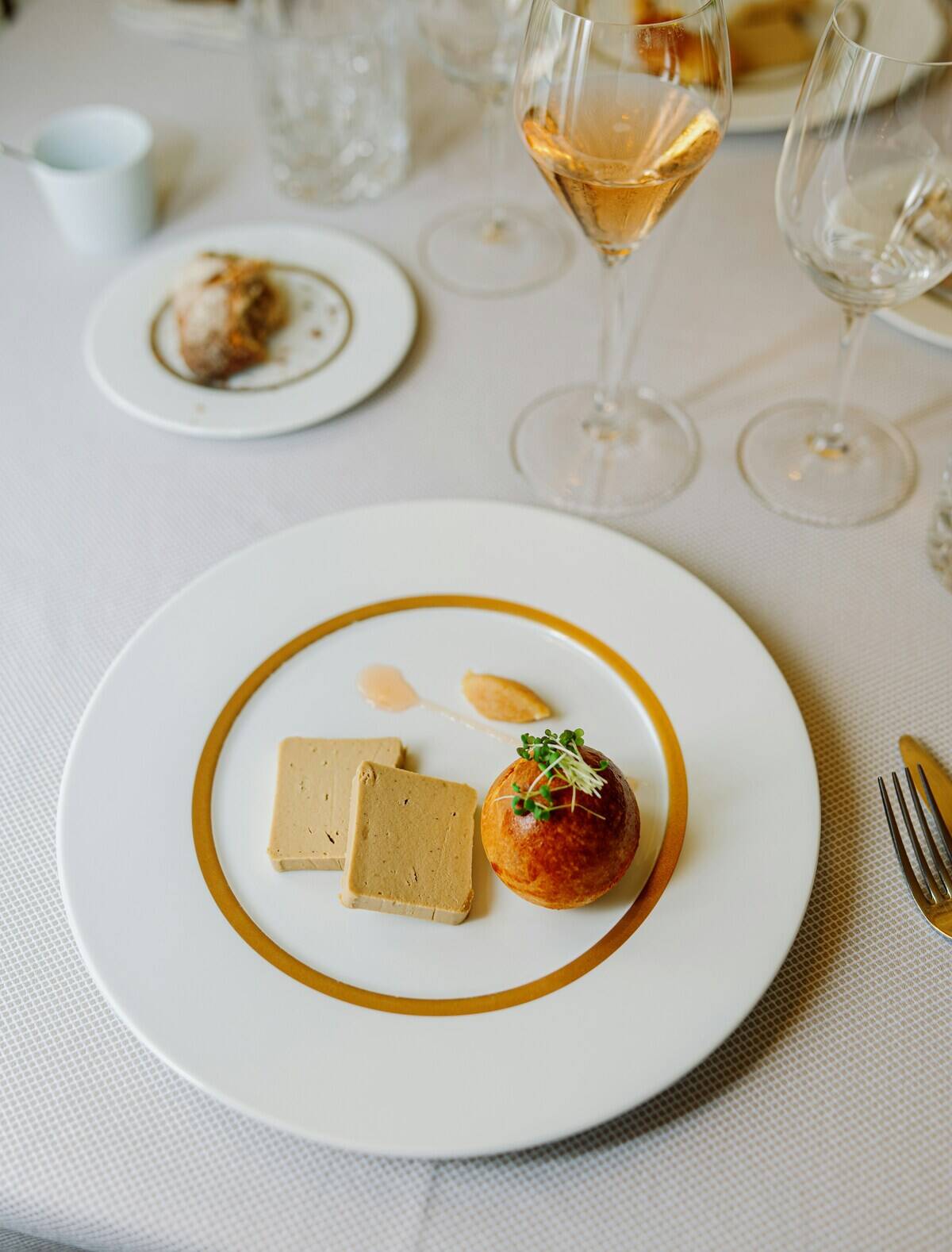
Foie gras, a rich pâté made from the liver of specially fattened ducks or geese, has long been a culinary indulgence associated with luxury. The technique of gavage, or force-feeding, used to produce foie gras, dates back to ancient Egypt.
Today, it is a staple in French haute cuisine, prized for its buttery texture and complex flavor. Despite controversies over its production, foie gras remains a sought-after delicacy on the menus of fine dining establishments worldwide.
Exotic Spices: Cinnamon, Cloves, and the Spice Trade’s Riches
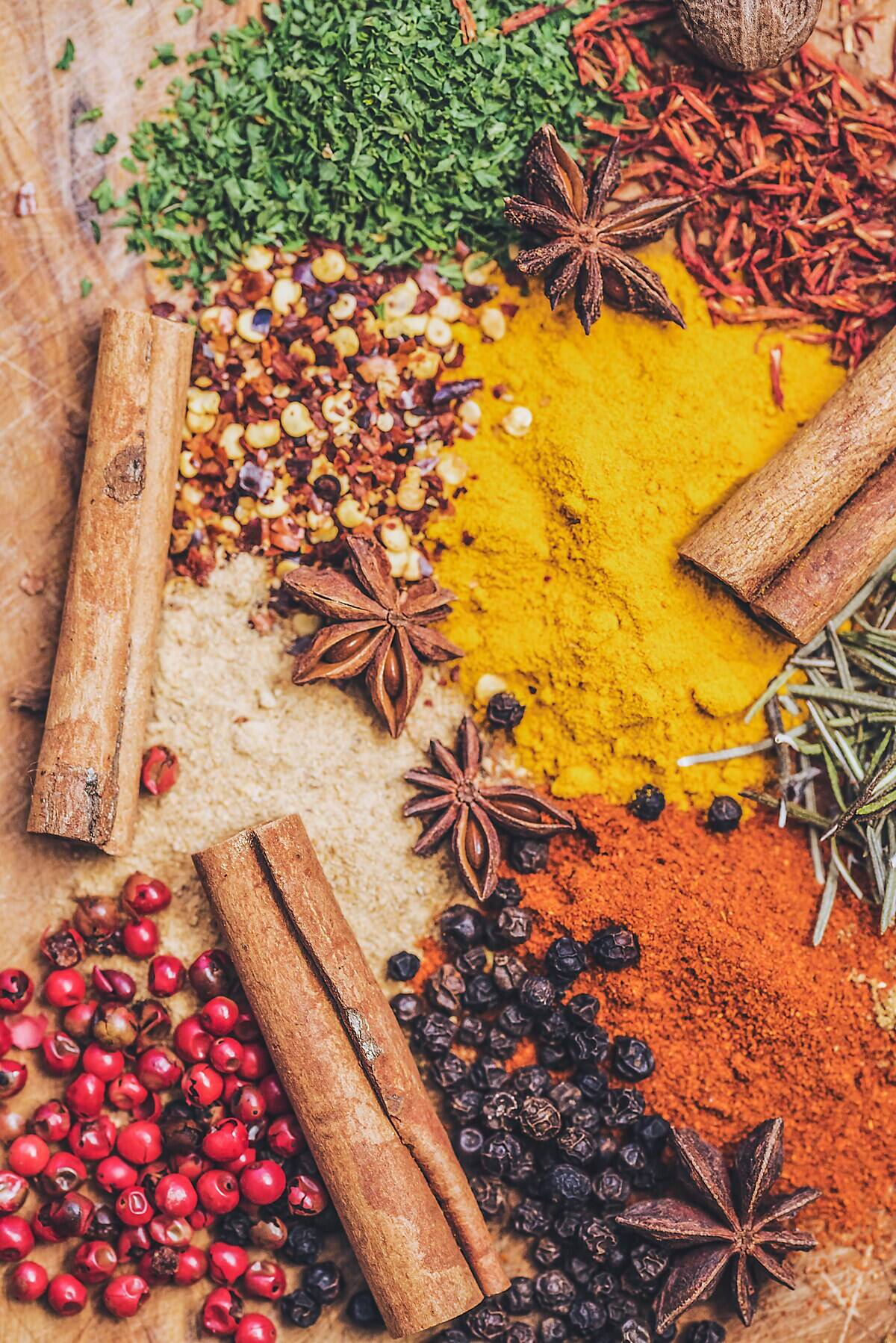
The spice trade of the Middle Ages brought exotic flavors like cinnamon and cloves to European tables, revolutionizing cuisine. These spices were not only valued for their flavor but also for their medicinal properties and ability to preserve food.
The demand for such coveted spices drove explorers to distant lands, laying the groundwork for global trade routes. Their rarity and expense made them a luxury item, often kept under lock and key by the wealthy.
The Luxury of Fine Wines: A Nectar for Nobles

Wine has been a cherished beverage for centuries, with fine vintages often reserved for the enjoyment of nobility. The art of winemaking has evolved over time, with regions like Bordeaux and Burgundy producing some of the world’s most esteemed wines.
The complexity of flavors and the aging process contribute to the allure and price of these luxury wines. Whether enjoyed in a grand banquet hall or a quiet château, fine wine remains a symbol of sophistication and taste.
Chocolate: From Sacred Rituals to Royal Courts

Chocolate’s journey from sacred Mayan rituals to the opulent courts of Europe is a tale of transformation. Originally consumed as a bitter drink by ancient civilizations, chocolate was introduced to Europe in the 16th century, where sugar was added to create a sweet treat.
It quickly became a favorite among the aristocracy, with chocolate houses springing up across the continent. Today, artisanal chocolates continue to captivate with their rich flavors and luxurious appeal.
Oysters: The Sea’s Jewels Once Fit Only for Kings
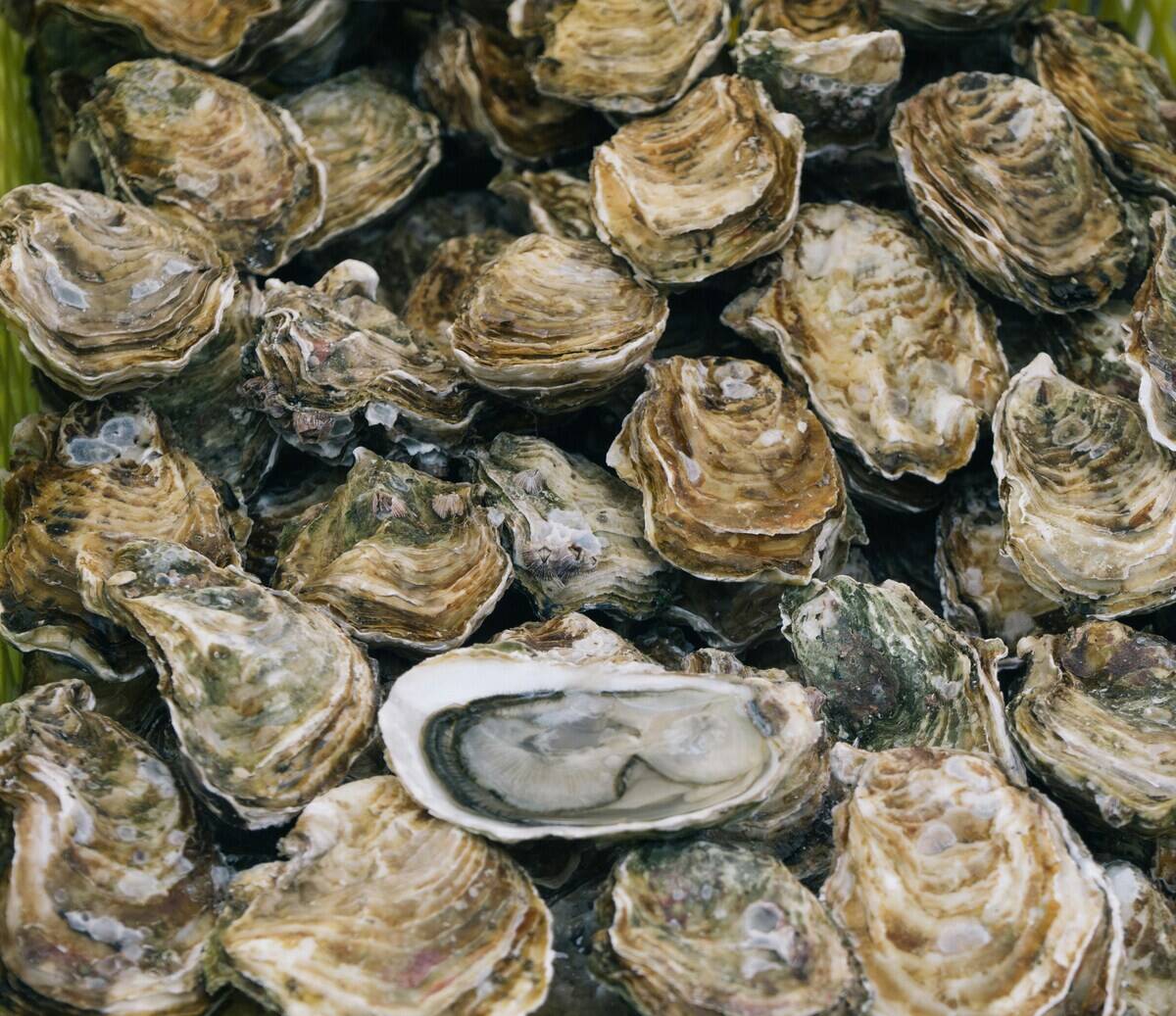
Oysters have long been considered a luxurious delicacy, adored for their briny, fresh taste. In ancient Rome, they were so prized that they were transported across the empire on ice. By the 19th century, oysters were a symbol of high society dining, often served at lavish feasts.
Overfishing and environmental changes have since made them scarcer, adding to their allure. Today, oysters are enjoyed worldwide, often paired with champagne for a truly decadent experience.
The Royal Treat of Pineapples: A Status Symbol from the Tropics

In the 18th century, the pineapple was a symbol of wealth and hospitality, often displayed at extravagant parties as a centerpiece. Its rarity and the difficulty of transport from tropical regions to Europe made it a coveted luxury.
Pineapples were so prized that they were sometimes rented for display. Today, while widely available, the pineapple’s association with opulence endures, reflected in its frequent appearance in art and architecture as a symbol of welcome and prosperity.
The Delicate Art of Marzipan: A Confection for the Affluent

Marzipan, a sweet confection made from almonds and sugar, has been a favorite treat of the affluent for centuries. Its origins trace back to the Middle Ages, where it was often shaped into elaborate figures and decorations.
The costly ingredients made it a luxury item, enjoyed by royalty and aristocracy. Today, marzipan continues to be a popular confection, especially during festive seasons, with artisans creating intricate designs that showcase its versatility and appeal.
Coffee’s Journey from Noble Brews to Everyday Cups
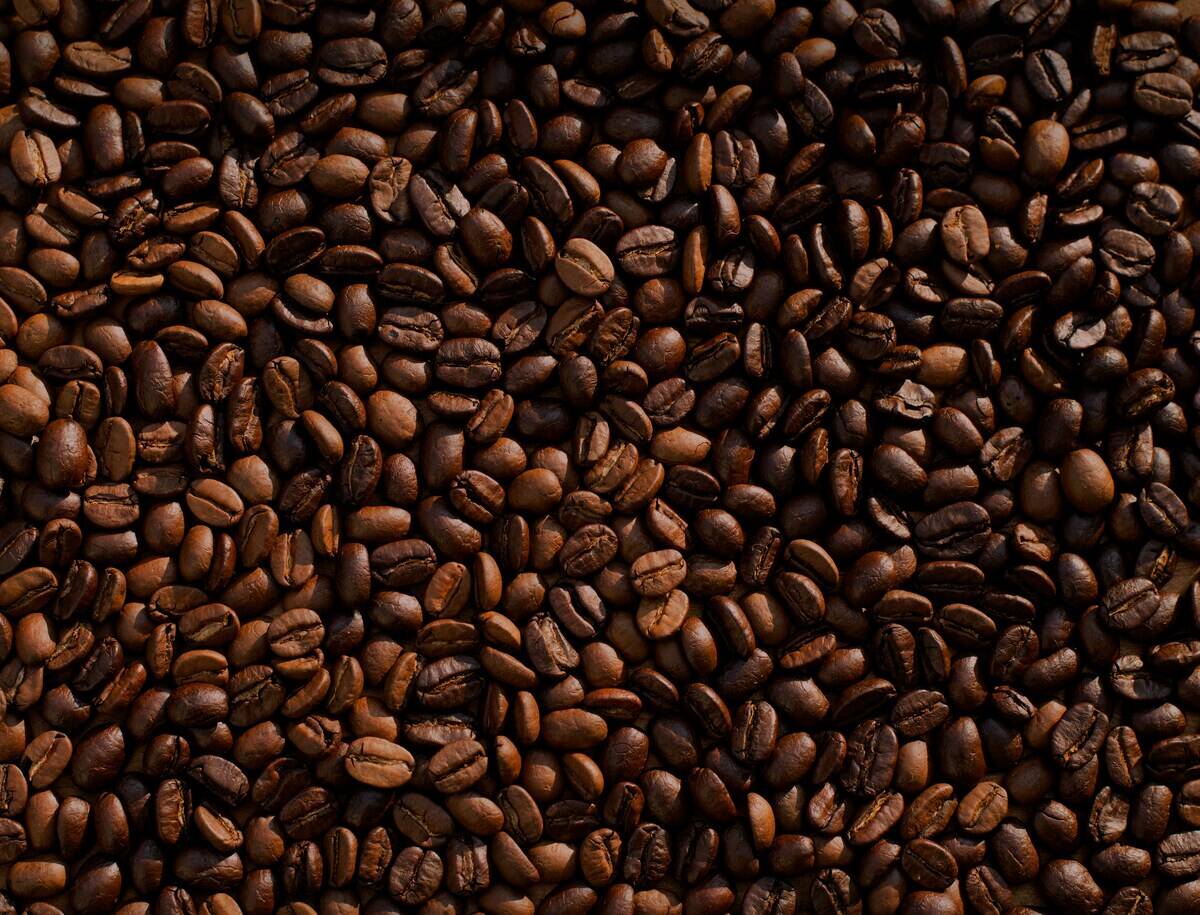
Coffee was once a luxury beverage, enjoyed in the opulent coffeehouses of the Ottoman Empire and later in European salons. Its stimulating effects and rich aroma made it a favorite among intellectuals and nobility.
As coffee cultivation spread to the New World, it became more accessible, eventually permeating daily life. Despite its widespread availability today, specialty coffees and artisanal brews continue to capture the essence of luxury, with high-quality beans fetching premium prices.
The Evolution of Ice Cream: From Exclusive Icy Treat to Popular Dessert

Ice cream’s origins can be traced back to ancient Persia, where ice was mixed with flavors to create a refreshing treat for royalty. In Europe, it became a luxurious dessert enjoyed by the elite, with recipes closely guarded.
The invention of the hand-crank freezer in the 19th century democratized ice cream, making it widely available. Despite its current popularity, gourmet ice creams with exotic flavors and premium ingredients continue to offer a taste of luxury.
Meat and Game: A Carnivore’s Feast for the Wealthy
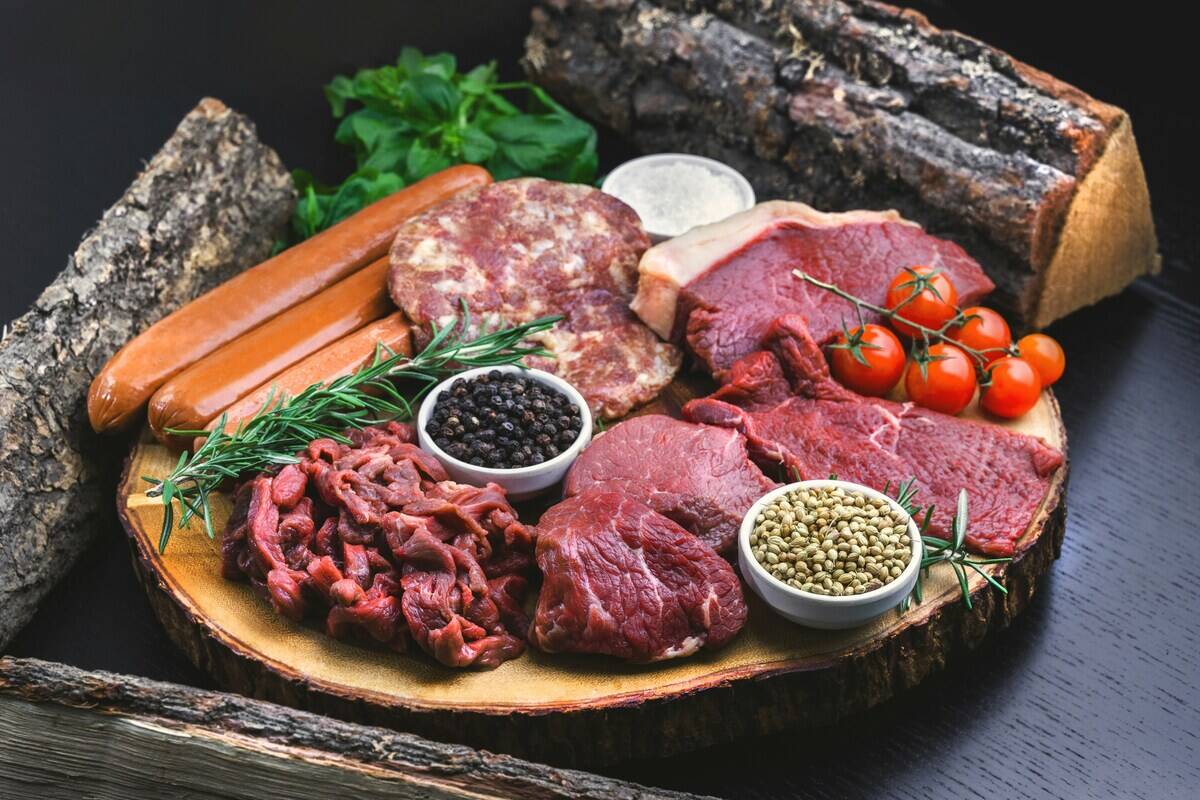
Throughout history, meat and game have been at the heart of feasting for the wealthy. In medieval times, lavish banquets featured roasted boar, venison, and exotic birds, showcasing the host’s affluence.
The ability to hunt game on private lands was a privilege of the aristocracy. Today, while meat is more widely consumed, certain cuts and game meats remain symbols of luxury, often featured in gourmet menus that celebrate traditional culinary opulence.
The Rise of Tea: From a Luxurious Leaf to a Global Beverage
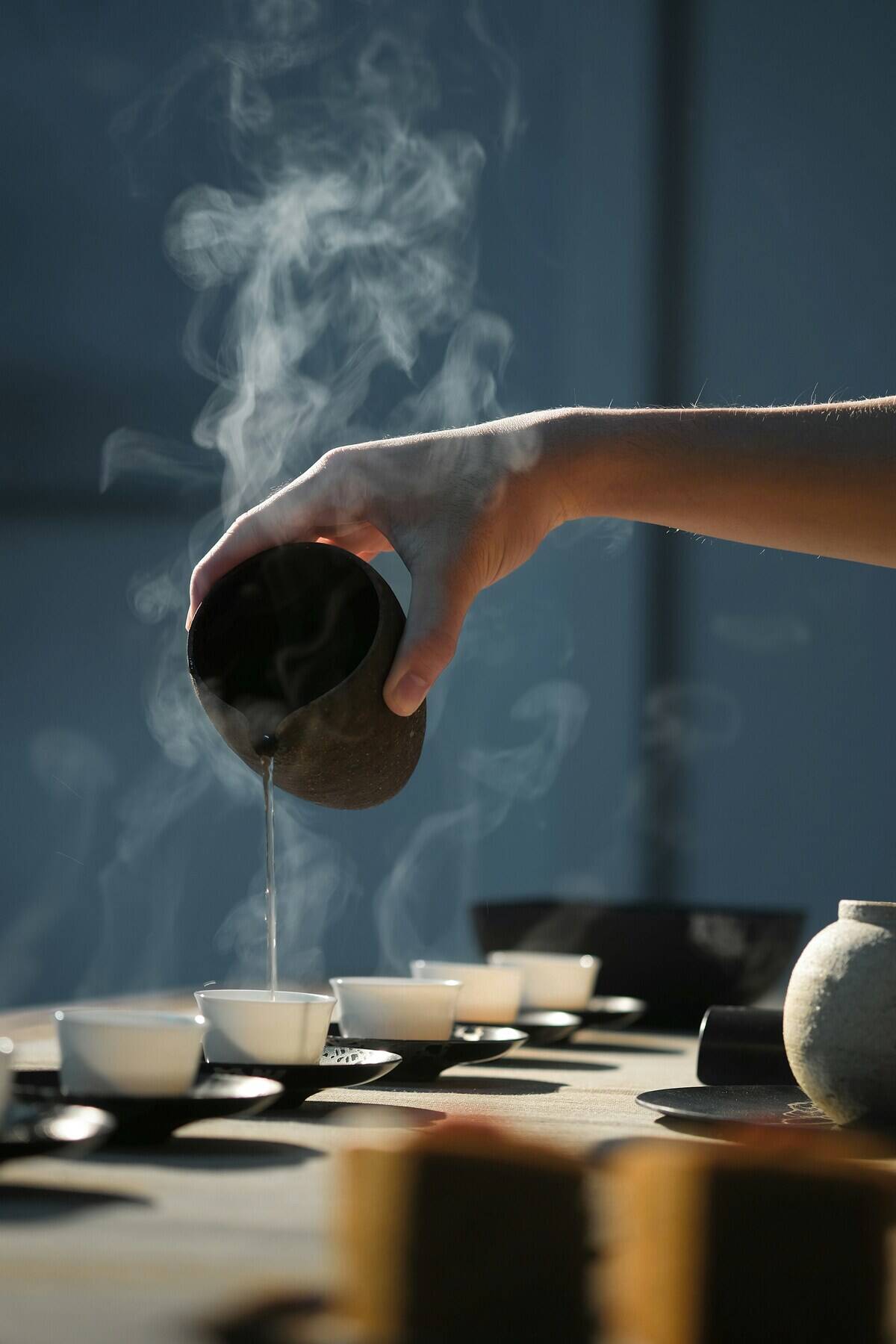
Tea’s journey from a rare and expensive Chinese leaf to a ubiquitous global beverage is one of cultural transformation. Initially reserved for the elite in both China and later in Britain, tea became a staple of social gatherings, symbolizing refinement and sophistication.
The British East India Company played a significant role in popularizing tea, which eventually became accessible to the masses. Despite its widespread consumption, fine teas and ceremonial blends still evoke a sense of luxury and tradition.
A Royal Affair with Champagne: Bubbles of Opulence

Champagne, synonymous with celebration and luxury, has its roots in the French region it’s named after. Initially discovered by monks, the sparkling wine became a favorite among European royalty.
The effervescence and complexity of champagne made it a symbol of opulence, often associated with festivities and grand occasions. Today, esteemed brands like Dom Pérignon and Krug continue to uphold the tradition of excellence, with vintage bottles commanding high prices and offering a taste of indulgence.
The Transformation of Bread: From White Loaves to Artisan Masterpieces
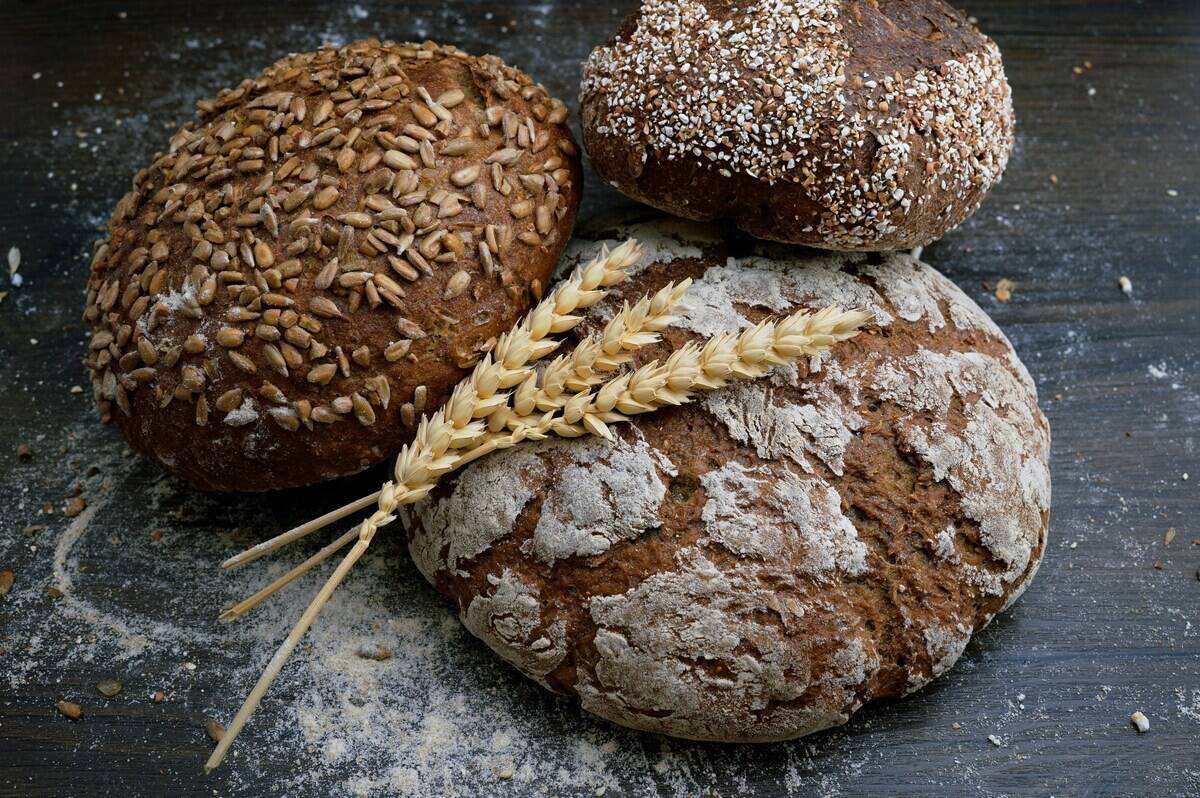
Bread, a staple of the human diet, has undergone a transformation from simple sustenance to an artisan craft. In the past, white bread was a luxury, as refined flour was more expensive and seen as superior.
Today, the rise of artisan bakeries has elevated bread-making to an art form, with sourdoughs, baguettes, and specialty loaves showcasing quality ingredients and traditional techniques. This evolution reflects the enduring appreciation for bread as both a necessity and a symbol of culinary mastery.



